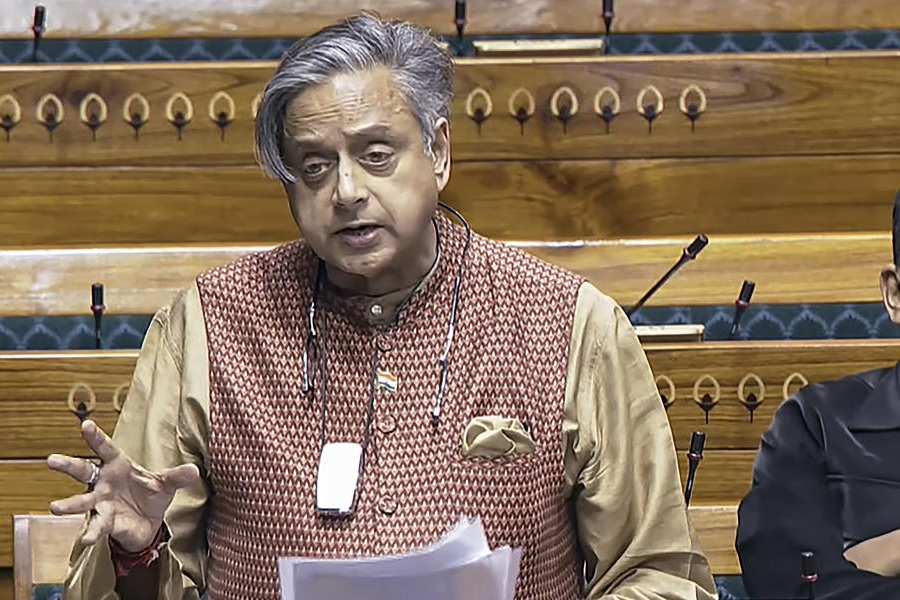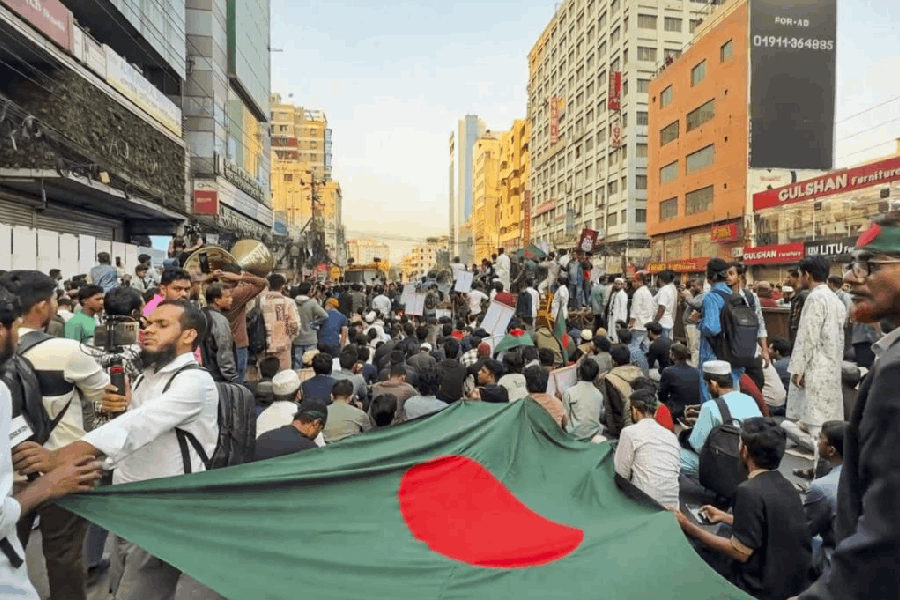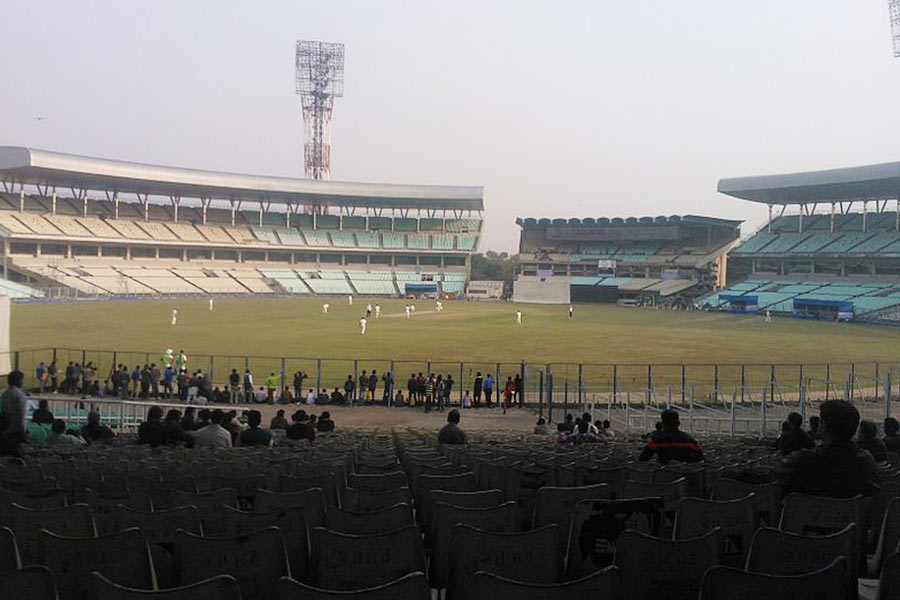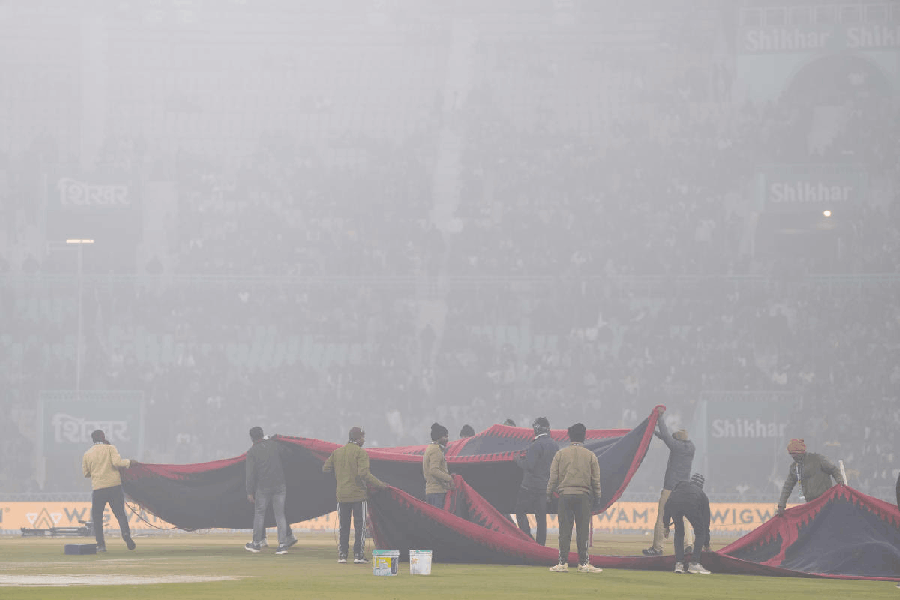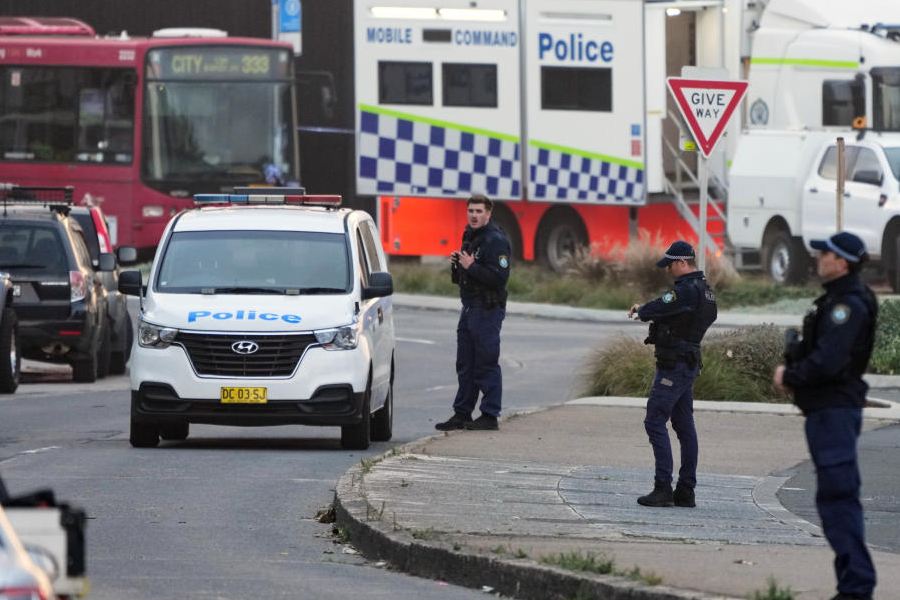 |
| Bullet Mohanty, who has dubbed for more than 100 Telugu films. Telegraph picture |
Bhubaneswar, Nov. 23: When Allu Arjun or Dhanush addresses his mother as “bou” on screen and Pawan Kalyan or Nitin swears “tate chhadibini”, you know you are watching a Telugu film dubbed in Odia.
Of course, the “lehenga vani” of the heroines and their hair buns decorated with flowers have already found their way into Odia cinema, thanks to remakes of South Indian films.
Yet, dubbed films from the South are finding prime time in Odia channels and this is nurturing dubbing artistes. Also, the Tamil and Telugu movies are in a position to create an impact on Odia culture.
While the budget of an Odia film rarely crosses Rs 80 lakh, a Telugu or Tamil film is made for anything between Rs 40 and 60 crore. The dubbing rights for these South Indian movies come for as less as Rs 2 lakh. Then there is the censor expense of about Rs 25,000. Consequently, the dubbing budget is cut as much as possible.
On providing voiceovers for the male and female leads in an Odia film, an artiste earns about Rs 15,000 or less. But for the protagonists of a non-regional film, dubbing artistes are paid just about Rs 2,000 to Rs 3,000 a film.
“The budget for dubbing a Telugu or Tamil film into Odia is limited to Rs 40,000 at the most. This leads to poor-quality dubbing,” said veteran voiceover artiste Rakhi Dash, better known as popular actress Rachana Bannerjee’s voice in Odia films.
“Many Bengali films used to be dubbed a few years ago. But now, as more and more south Indian films are being remade, regional television channels prefer to dub these because of their popularity and screen them on prime time,” said Dash, who has been working in the field for almost 20 years now, adding that she would never dub for Telugu and Tamil films.
“It is a very tough job and unless you do it well, there is no point dubbing. Since Odia and south Indian languages differ greatly in lip movements, expressing the right emotions while dubbing is a big challenge. So we need to work a lot on the script. Hindi television channels do a great job when dubbing them but when you watch them on Odia television, you know the quality was compromised,” she said.
But authorities of television channels feel otherwise. They say this is a part of content management.
“The Odia film industry provides only about 25 films a year. But we need enough content to manage the channel throughout the year and this is definitely not sufficient. We need to screen about 22 movies a week and so, we repeat seven movies. It is a demand-and-supply equation. Since the response is good, we do not mind buying the rights of southern films and outsourcing the dubbing to either Cuttack or Bhubaneswar studios,” said Ratikant Satpathy, vice-president of Odisha Television Network.
He says these films offer better locations, glossy looks and a good cinematic experience as compared to even Bengali or other regional films.
“When the same films are screened in theatres as remakes, why not watch them dubbed!” he said.
Basant Sahoo, probably the most popular translator of scripts and songs now, feels it is extremely challenging to rewrite the lyrics and dialogues in Odia. “The toughest part is the short time within which this is done,” he said.
The script for a south Indian or even a Bengali film is prepared in less than a week and the dubbing process for dialogues takes just six days while songs are done within four days. So the entire process to make a dubbed film ready in Odia takes only 15 days.
The most sought-after male lead voice for Telugu and Tamil films, Bullet Mohanty, says he enjoys the experience. “I feel it is not as tough as they say. I have already lent voice for characters in over 100 dubbed Telugu films. We may not understand the language but the pause markings helps us with the timings,” said Mohanty, who is eight years old in the dubbing industry and has dubbed for over 200 films including Bengali, Tamil, Kannada, Bhojpuri and Telugu ones.
However, just dubbing does not bring in enough money. “We cannot depend entirely on dubbing for other regional films. So, I host shows and events and also act in serials,” he said.


